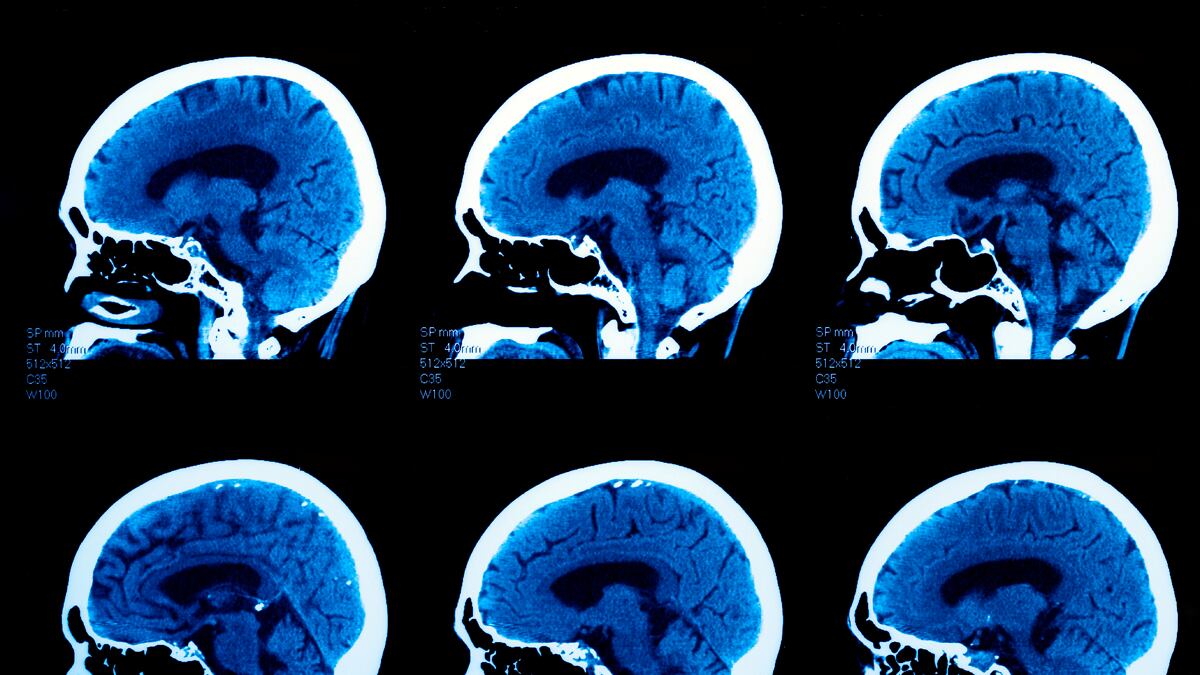Last week’s massacre in Aurora, Colo., has reignited the predictable national debates that ensue in the wake of rampages: Is gun control to blame? To what extent do violent images in pop culture shape dangerous minds? What makes a mass murderer tick? And how can we spot one before he wreaks havoc?

But there’s one discussion we tend to overlook, despite that it’s staring us in the face: why are mass murderers almost always men? It may seem like a moot point that boils down to biology, but some psychologists say nurture overpowers nature in this case—and that our socialization of men perpetuates their acts of violence.
“There’s a proclivity to aggression [in men] that’s biological, but it takes a social trigger to engage it,” says William Pollack, the director of the Centers for Men and Young Men at McLean Hospital in Boston and a psychology professor at Harvard Medical School. “We socialize healthy, normal boys to ‘stand on their own two feet’ for fear that otherwise they won’t be real boys,” says Pollack, whose New York Times bestseller, Real Boys, dissects the inner emotional lives of young men. “They’re taught not to tell anyone when they feel pain, because they should be stoic, and they certainly shouldn’t cry.” As a result, Pollack says, men have a preconditioned level of tolerance for violence that makes it easier for them to act on it without remorse.
This is not to say that women are incapable of murder rampages like that carried out in Aurora, allegedly by James Holmes, despite being overwhelmingly outnumbered by their male counterparts. Indeed, men are nine to 10 times more likely to commit violent crimes.
Pollack attributes this gender disparity to society’s “code of masculinity,” or the process in which boys learn how to be men and disassociate from anything inherently feminine, like kindness and empathy. “Biologically, that kind of empathy is not gender-specific,” says Pollack, pointing to a kind of societal psychosis that defines men who show emotion as weak.
This socialization is so pervasive, Pollack says, that it leads teachers, parents, and even health-care professionals to misinterpret or ignore abnormal behaviors in young men.
“Women are more often diagnosed with depression than men, especially young men, because our diagnostic symptoms are still largely based on the Freudian principle that depression is an indolent, fatigue-oriented illness,” says Pollack, who adds that risk taking and aggression are early signs in young males. Depression is one of the most common mental afflictions among mass murderers, and the danger of not recognizing its symptoms in young men is twofold: risk takers are more likely to act out their aggressive or violent impulses, and warning signs of destructive behavior are more likely to go unnoticed. Society also encourages risk taking and aggression in young men, fueling the notion that they should repress any feelings of sensitivity or emotional vulnerability.
“Because young men are so lost in a sea of competing notions of what it means to be a man in today’s society, they don’t know where to turn, and they’re floundering,” says Oscar-nominated filmmaker Fred Marx, whose acclaimed documentaries feature at-risk teenage boys. Marx notes that indigenous cultures held initiation ceremonies for young men transitioning into adulthood in which they were taught how to use their aggressive tendencies productively in society. But he says there’s no equivalent rite of passage that is widely accepted in contemporary society. It doesn’t help that today’s initiations for boys on the brink of manhood are conducted by peers and therefore often exclusive. “Every boy wants to belong, to feel like he’s part of a group,” Marx says. “If he’s not, that’s painful to the emerging psyche.”
The more these painful feelings are repressed, Marx says, the more dangerous they become. Where women are socialized to connect with others by conveying empathy and sensitivity, men are taught at a young age to nip that urge in the bud. Not only does this conditioning make young men less likely to feel remorse before engaging in violent activity, it also fosters silence among their male peers when speaking out could lead to effective prevention. A study conducted by Pollack and the U.S. Secret Service and U.S. Department of Education found that 37 out of 198 nonculpable bystanders in violent crimes detected warning signs prior to the crimes but kept them to themselves. Pollack also concluded that men were more likely to keep quiet.
Consider the few students at Columbine who didn’t tell school officials or parents that the shooters had tipped them off about their planned massacre until after the fact. Or the owner of the gun club who rejected Holmes’s application for membership after hearing his answering machine, which he later described as “bizarre—guttural, freakish at best,” but didn’t warn anyone outside the club of Holmes’s perceived disturbing behavior.
Mass murders may be rare, but the overwhelming number of male perpetrators who commit them is proof that they are by no means random and should raise societal awareness that the gendering of violence may be key to preventing it.






